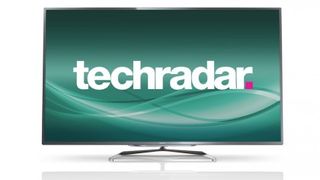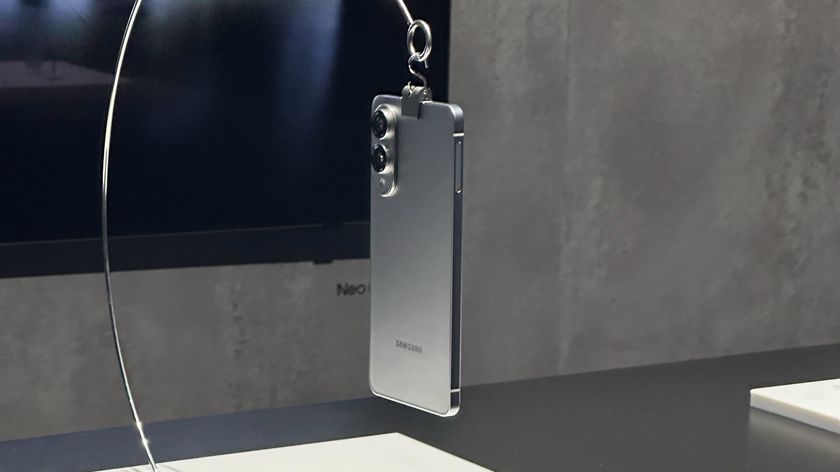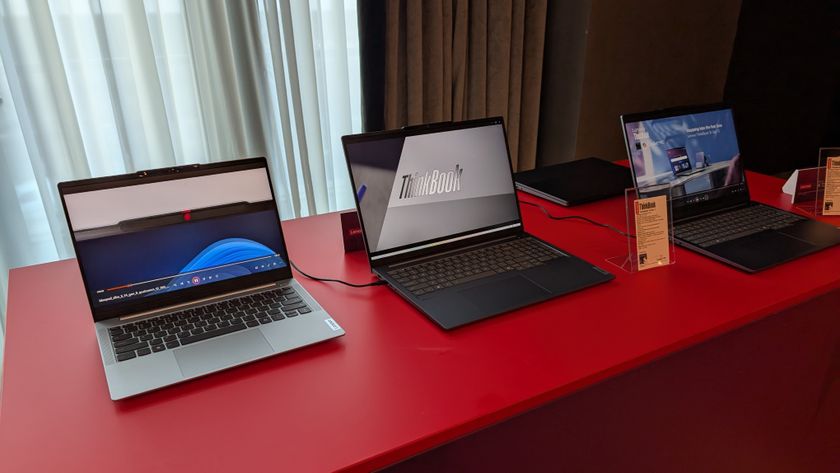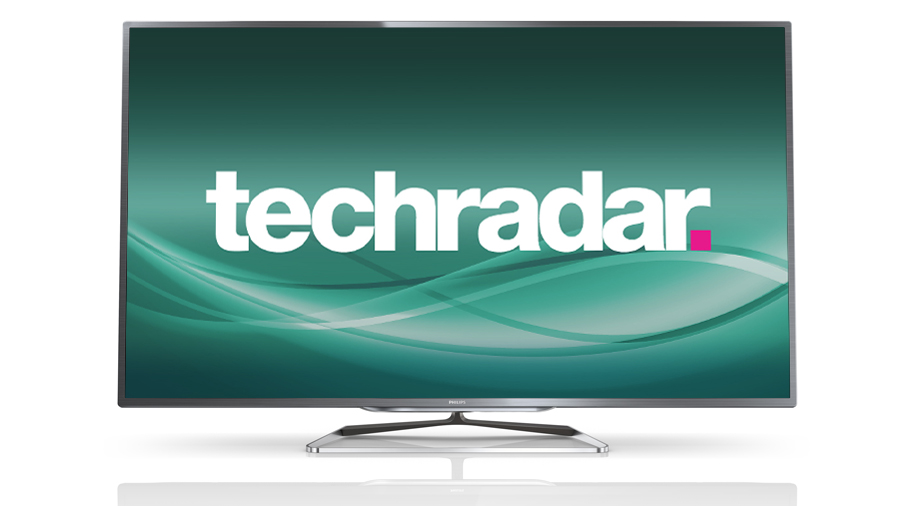Why you can trust TechRadar
With most studies concluding that price is the most important factor in the early adoption of 4K/UHD TVs, Philips gets off to a great start by flogging its debut 4K/UHD TV for £500 less than any 65-inch rival.
This knock-down price isn't attached to a knock-down spec, either. The set has a huge array of connections; a design that lights up your room - literally - with its fetching Ambilight feature; online and DLNA features; and an enormously powerful video processing engine.

This processing engine can contribute to some excellent picture quality with both native 4K/UHD and HD sources moreover, with the only serious rider being that you need to put considerable effort into learning your way round all the picture adjustments on offer if you always want to get the optimum performance from the set.
We liked
Ambilight is a great feature once you get used to it, the set's native 4K and HD pictures are excellent, and there's even a pretty powerful, clean audio system to keep the pictures company. The amount of picture tools at your disposal is extensive too, and the price represents great value.
We disliked
Philips' set tends to push sharpness a bit hard with its presets, motion can look a little distracting during 3D viewing, there aren't many useful services on Philips' online platform, and you need to spend more time than usual revisiting Philips' picture menus to tweak aspects of the TV's processing engine.
Final verdict
As first steps into the world of 4K go, the 65PFL9708S is a pretty spectacular effort.
For despite being comfortably the cheapest 65-inch 4K TV to date, Philips' 4K debutante is not by any means a basic, stripped-down affair. On the contrary, it boasts a completely new 4K-friendly processing system, Philips' most complete Ambilight system, DLNA/USB multimedia playback and access to Philips' latest (admittedly content-light) Smart TV platform.
So long as you're not afraid to put in a bit of regular picture set-up leg work it's also capable of excellent picture quality, and can accompany these pictures with a superior soundstage. In short, it's fair to say the 4K price war starts here.
Also consider
If you can find an extra £500 you could consider the Samsung UE65F9000 (read the 55-inch version's review here) and Sony KDL-65X9005A. Both of these deliver slightly more precision in both their native UHD and upscaled HD images, and need less regular care with their setup features. And both have more fulsome online services. They don't have Ambilight, though.
A thousand pounds more gets you to three more 65-inch 4K/UHD rivals: the Panasonic L65WT600, the LG 65LA970W and the Toshiba 65L9363.
TV Buyers Guides
- Best TV - All the buying advice you need for buying a new TV
- Best 32-inch TVs
- Best 40-42-inch TVs
- Best 46-47-inch TVs
- Best 50-inch TVs
- Best 60-inch TVs
The first of these scores a major coup by supporting the new HDMI 2.0 connection standard with its support for 50/60Hz 4K feeds with full colour sampling, while the LG delivers arguably the best 4K pictures we've seen so far, despite some minor contrast flaws.
The weakest of the 65PFL9708S's rivals is the Toshiba model. It's a decent-enough performer, but it just doesn't have any particular justification for costing £1000 more than the 65PFL9708S.
John has been writing about home entertainment technology for more than two decades - an especially impressive feat considering he still claims to only be 35 years old (yeah, right). In that time he’s reviewed hundreds if not thousands of TVs, projectors and speakers, and spent frankly far too long sitting by himself in a dark room.

Samsung Galaxy S25 Edge leaks reveal a likely release date – 5 reasons it could be worth waiting for

Copilot+ PCs with AMD or Intel CPUs are finally getting some key AI features in Windows 11 – although I’m starting to doubt Recall will ever happen

Digital backups come out on top amongst TechRadar readers this World Backup day











